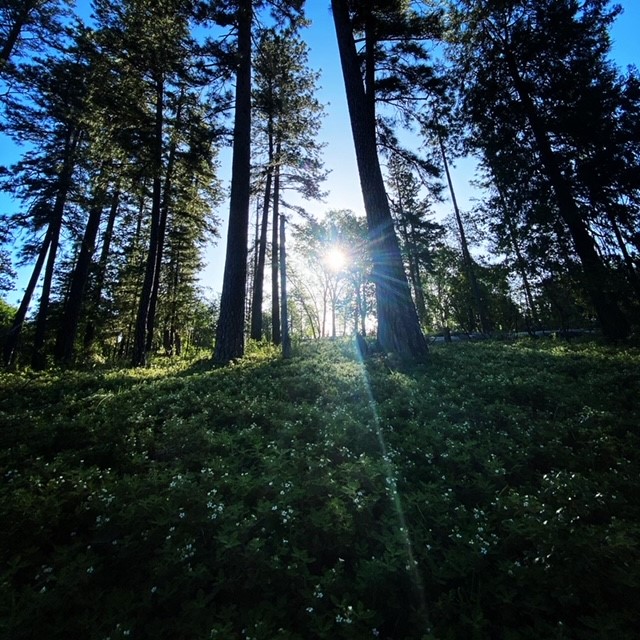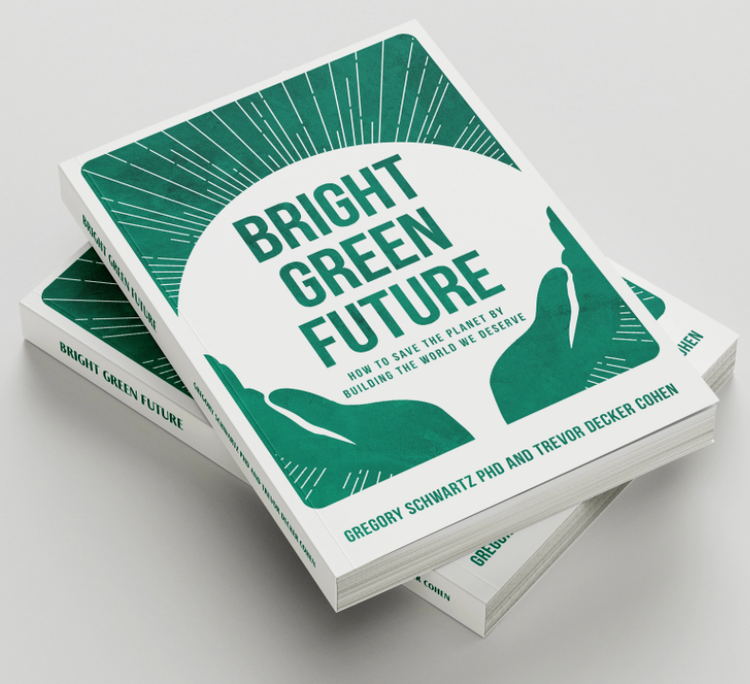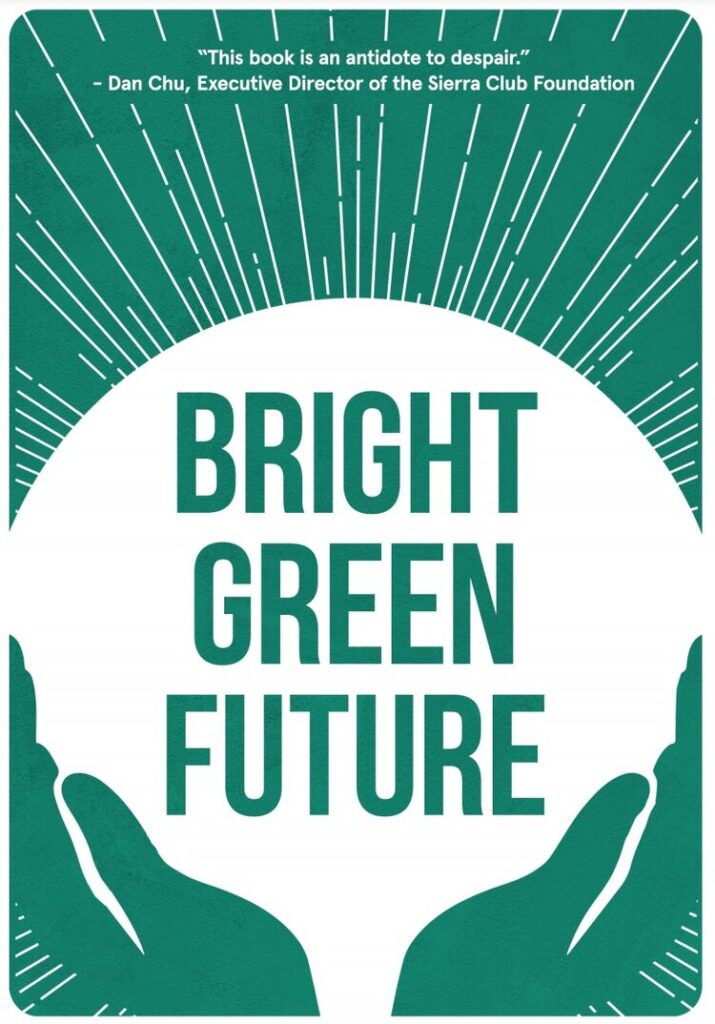Bright Green Future: An Interview with author, Trevor Cohen
The book, Bright Green Future, co-authored by Trevor Cohen and Gregory Schwartz, PhD, chronicles on-the-ground efforts to save our planet.
As climate change shifts our planet towards an uncertain future, grassroots organizations are helping to create a world where clean power provides income for local communities, resources regenerate themselves, city planning is driven by the people, and healthy soil is our greatest asset.
These changemakers have opened a gateway for ordinary people to begin imagining and building the bright green future we deserve.
We had a chance to talk with one the of the authors, Trevor Cohen, about his book.
SYRCL: You write in the Prologue that the environmental crises we hear about every day can feel overwhelming, which can lead people to give up on making a difference. But you and your co-author assert that there is still hope. What gave you hope that people can still create meaningful change?
Cohen: My hope springs from two places.
The first is existential. We simply don’t have a choice but to be hopeful. If we have no hope, we have no action. Given the way things are going with our planet, without action we’re done for, plain and simple. Call it hope through fear of hopelessness.

Pictured Above: Co-Author Trevor Cohen
The second is evidential. We have proof that individuals, especially when working collectively do make a huge difference. In writing Bright Green Future, my co-author and I spoke with over 200 people who had made changes in their communities and industries. These folks have reversed the fortunes of laid-off coal miners, regenerated vast tracts of degraded land, and moved an entire state’s electrical grid towards 100% renewable energy. These people show what’s possible.
The next step, of course, is expanding their impact beyond their communities or regions.
Based on these stories, we can begin to ask: What larger scale policies or structures might create favorable conditions to regenerate ecosystems, decarbonize the grid, and empower disadvantaged communities?
How does the way you organized Bright Green Future help you to achieve your goals of inspiring action?
We hope readers see that we as individuals don’t have to solve all of climate change at once. I think that the mainstream media gives the impression that we have to fix it all instantly, or else apocalypse.
To me, that feels incredibly overwhelming, and a bit soul crushing. It’s why I think many people would prefer to look away rather than engage.
In reality, we are pieces in a million-part, multi-generational mosaic of actions that add up to heal the planet. What matters is finding the action that speaks to you.
That’s why the book is so broad to help people find the vision and work that resonates. It covers energy, industry, cities, and farms: sectors of our modern world responsible for all carbon emissions. It’s structured like a journey across these themes, and across America.
We wanted to show how a Native American community in South Dakota, a rural predominantly white community in West Virginia. and a primarily Black community in the South Bronx are all part of this movement. Each community has a unique vision and wisdom to offer in healing ourselves and the Earth.
In your research, how did efforts to advance change using a top-down approach (like instituting new laws) versus a bottom-up approach (grassroots organizing) differ?
The coolest thing is when these approaches intersect: when bottom-up activism leads to top-down policy changes, which in turn encourage further bottom-up action.
Take community choice energy as an example. It started with grassroots activists who inspired a statewide policy to allow any city in California to take over its energy resources. Now activists all over the state are encouraging their local city councils to take control of their energy and push for renewables. Over 20 such programs provide power for more than half of the state’s residents. In my spare time, I’m starting to explore how we might do this in Nevada County :).
That’s the hope of Bright Green Future. It’s to make climate solutions so appealing to everyday folks that more of us are engaged in building a sustainable future.
When politicians see that more of their constituents care, they’re more likely to follow their lead by passing laws that create a favorable environment for grassroots actions to heal the planet.
We do need big national policies to create the incentives for a sustainable world, things like a Green New Deal or a price on carbon.
But the actual transformation that these sweeping policies create will happen locally. It’s important that we have an engaged citizenry at the grassroots so that these larger programs are responsive to the unique needs and wisdom in the places we love.how did
What can our readers do to create real environmental change?
Members of SYRCL are likely already doing it!
I feel that personal inquiry is more powerful than urging people to take specific actions. I found these four questions to be very helpful in figuring out how to get involved:
- What vision of a sustainable future compels me?
- What issues matter to the people and ecologies around me?
- Who’s already working on a vision for change that jives with my own?
- What can we offer each other?

Each of us has unique skills, passions, and visions to offer, and our circumstances are quite different. It’s helpful to figure that out on our own.
One of the most important parts of meaningful change is the group of people that you’re working with. Being part of a rewarding and healthy social dynamic is critical to get beyond the initial excitement of ideas and into the nitty gritty work of actually getting something done.
Compassion, friendship, and collaboration are the key ingredients of a Bright Green Future.
To learn more about Trevor Cohen, his environmental journey, or to order your own copy of the book, please the Bright Green Future website.
Did you enjoy this post?
Get new SYRCL articles delivered to your inbox by subscribing to our ENews.




